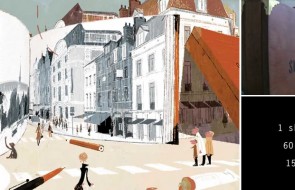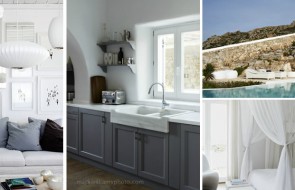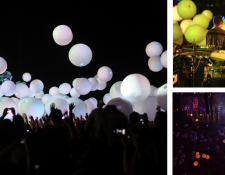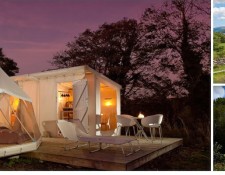Collodion Process Photography

Wow wow wow. Loving, adoring, and super impressed by the work of Daniel Carrillo, a photographer who is working using the archaic wet collodion plate process to take portraits.
Isn’t it amazing how the images above look like they should be super old, because you recognize the old-timey style, but the subjects let you know they’re modern?

Introduced in the 1850s, the process was nearly extinct less than ten years later. It did remain in use for specific needs and in different forms through the 1960s, but the complicated process kept its use limited for obvious reasons (see below for more on the process). It’s also similar in a way to silver gelatin printing, but with the main distinction that wet collodion plates had to be developed immediately on the spot. Sally Mann has used collodion process, but other than her work, I’ve never seen it anywhere else.
I’m so glad Carrillo (and I’m sure others who I don’t know about) are keeping this art alive, the images are SO beautiful!!! The amazing tonal range and short depth of field combine to create such a unique style.

Check out this video of Carrillo talking about his work and describing the process for more info:
Here’s a description from wikipedia of how it works, which hilariously starts with the phrase “The process is simple.”
The process is simple: a bromide, iodide, or chloride is dissolved in collodion (a solution of pyroxylin in alcohol and ether). This mixture is poured on a cleaned glass plate, which is allowed to sit until the coating gels but is still moist. The plate is then placed in a silver nitrate solution, which converts the iodide, bromide, or chloride to silver iodide, bromide or chloride. Once the reaction is complete, the plate is removed from the silver nitrate solution and exposed in a camera while still wet. The plate loses sensitivity as it dries, requiring it to be coated and sensitized immediately before use. It must also be developed while still moist, using a solution of iron sulfate, acetic acid and alcohol in water.



























Those are beautiful photos! So cool. (And definitely not simple!)